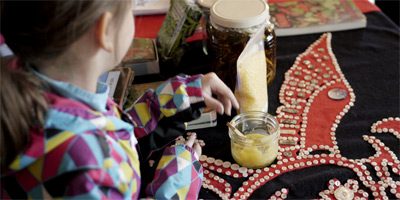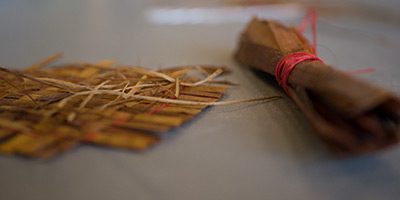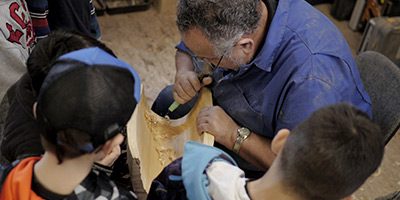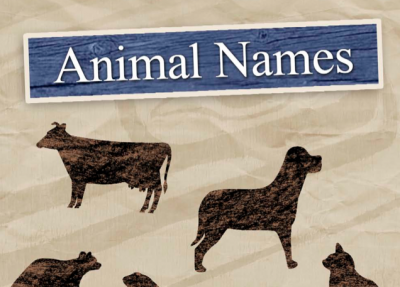– CASE STUDY –
INDIGENOUS
Tremain Media is honoured to have worked with Nations, Indigenous health authorities, communities, family services, community service societies and tribal councils.
We work in relationship-based collaboration to create media that amplifies and embodies the voices, messages and aims of Indigenous communities and organizations.



We have had the honour of being a part of various projects, including:
- Showcased Uu-aThulk’s training opportunities on the ocean and in fisheries
- Reflected Quatsino Nation’s deep relationship with the land. This video was produced in conjunction with the release of their land use plan
- Captured Liq’wala, an endangered dialect of the Wei Wai Kum Nation.
- Conducted video production workshops for Quatsino Nation to help them capture critical historical material from Elders.
- Documented the remediation of the Bralorne mercury mine on Takla territory which included two years of time-lapse of the restoration site
- Created first language children’s books for six Vancouver Island Nations
- Developed a video tool that was the result of a conference highlighting lateral kindness
- Highlighted Holmalco’s territory through a video documentary about Homalco Logging focusing on their operations and their role as an Indigenous owned company
- Produced a video for a youth and elder conference for the Kwakiutl District Health
- Celebrated Nanwakolas Council Coastal Guardian’s graduation ceremony with a video of the event
Quatsino Nation:
Tremain Media was honored to have been invited to be a part of producing ‘Quatsino First Nation: Our Land, Our People.’ With profound gratitude, we thank Quatsino Nation for welcoming us into their territory and allowing us to reflect their deep and respect-based relationship with the land. We have collaborated with Quatsino Nation on several projects, including websites for their land-use plan and community, as well as this video.
The final video emerged organically from our interviews with Elders and visits to their territory. The stories and the video itself are directed by the Nation, unfolding naturally from those interviewed. Our intent is to serve the Nation, to reflect back what has been shared, and to amplify the voices of the community and the Nation.
The Story of Homalco Logging
Homalco Forestry runs a great logging operation and a great camp. They wanted people in their nation to know what forestry has to offer and attract more of their people into this industry. For some, this means working the same land their ancestors did.

The Story of Language Books
A first language holds traditions, culture, scientific and ecological knowledge – and so much more. The life of a language is critical to all Nations. We created first language books with a number of communities on Vancouver Island. Some of them included audio of an elder reading the book. Why create something so customized as this? The children that are pictured on the pages or helped draw illustrations are more invested in the book and the language learning – the books became their books. These children have grown since we produced these but their special books starring them still holds a place in their lives and in the lives of their children.
“We can not know the full experience of someone else – but we can listen carefully and respectfully and we can hold room for the telling of that experience to unfold. We can then honour that story by collaboratively creating media that authentically holds true to that perspective shared.”
Tremain Media is honoured to be able to assist Nations in amplifying their message to those who may be unfamiliar with their story. We also collaborate with Nation, Indigenous health authorities and other organizations within communities to create materials for internal use, aimed at educating and informing community members.
Regardless of the audience, we work in relationship-based collaboration with Indigenous Peoples to create media that amplifies and embodies the voices, messages and aims of communities and organizations.
We utilize various media tools to do this. Video and motion graphics can visually display oral histories and traditions, helping people to gain a better understanding of cultural practices. High-quality images can be used to promote tourism and business, or encourage investment in Indigenous initiatives. Creating and capturing media for specific projects also establishes a strong asset library. That library can be accessed over and over again to develop more tools for community, stakeholders or the public, ultimately supporting broader awareness and reconciliation.

